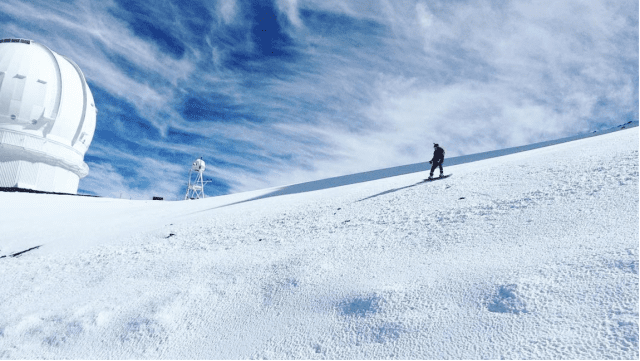The University of Hawaii has failed to demonstrate any ability or willingness to be a proper land manager.
For nearly half a century, the state of Hawaii and the University of Hawaii have failed their legal responsibility to properly manage Mauna Kea. Their mismanagement continued despite constant calls for reform from the community and the state auditor.
A review of this well-documented mismanagement leads to one conclusion: Appropriate management will only be achieved when control over the mountain is wrestled away from the university and an entirely new management structure is installed.
Ultimately, this is the goal of the Office of Hawaiian Affairs’ lawsuit that was filed in November.

Twitter/Leslie E. Shirkey Jr.
Community Voices aims to encourage broad discussion on many topics of community interest. It’s kind of a cross between Letters to the Editor and op-eds. This is your space to talk about important issues or interesting people who are making a difference in our world. Column lengths should be no more than 800 words and we need a photo of the author and a bio. We welcome video commentary and other multimedia formats. Send to news@civilbeat.org. The opinions and information expressed in Community Voices are solely those of the authors and not Civil Beat.
REPRINTED: By /
